Chevy and Ford have been trading punches since the late ’60s. What started as a battle for sales turned into something much bigger—decades of drag strip duels, showroom wars, and parking lot debates. Here’s a breakdown of the cars, the culture, and the moments that have kept this rivalry alive for over 50 years.
The Mustang Launched First and Set the Stage
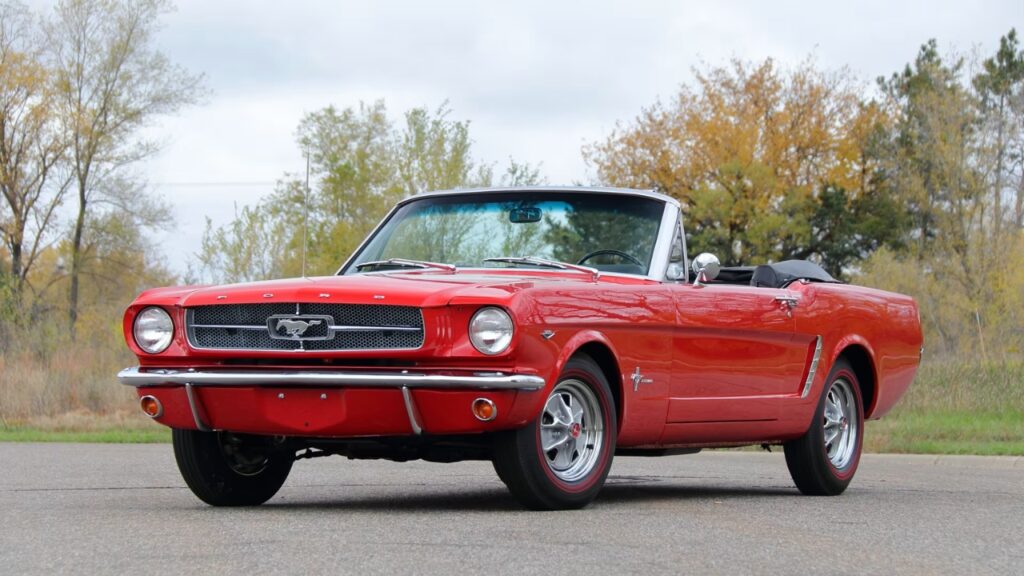
Ford caught everyone off guard in 1964 with the Mustang. It was small, affordable, and had just enough attitude to make buyers feel like they were getting something special. The original V8 cars weren’t super fast, but they were fun—and that was the whole point.
The Mustang created an entirely new market segment: the pony car. It sold like crazy, especially to young drivers. Within two years, Chevrolet realized they had to respond. The pony car wars were on, and there was no turning back.
The Camaro Rolled In Ready for a Fight
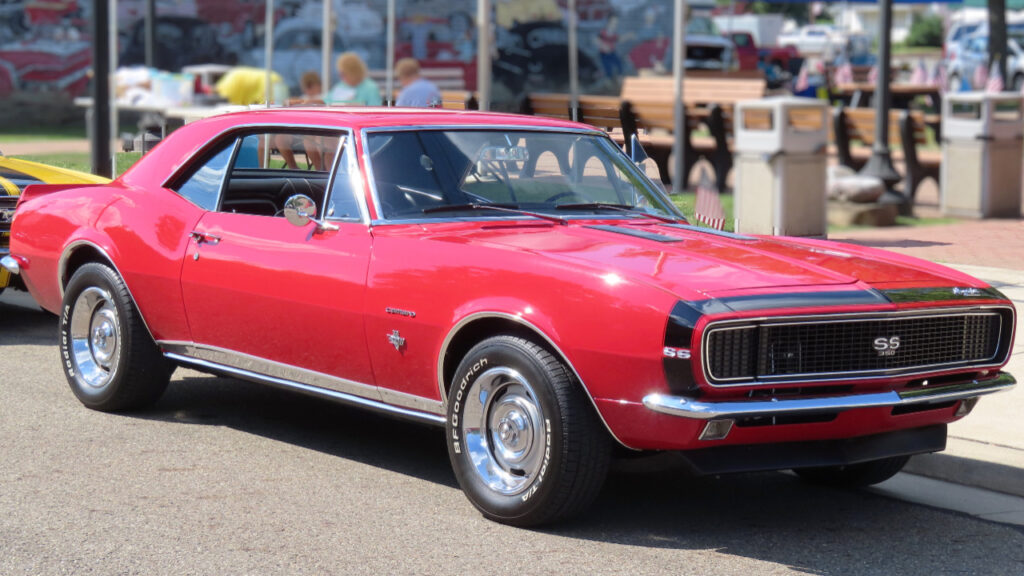
Chevrolet introduced the Camaro in 1967, and it didn’t waste any time going after the Mustang. It was available with a wide range of engines, including the fire-breathing 396 big-block that gave it real street cred. Chevy made sure the Camaro had the muscle to compete.
The first-gen Camaro wasn’t just about horsepower—it handled better than most of its rivals and had a meaner stance. While Ford had a head start, Chevy came swinging hard out of the gate, and fans quickly picked sides.
Shelby GT350 Made the Mustang a Street Racer
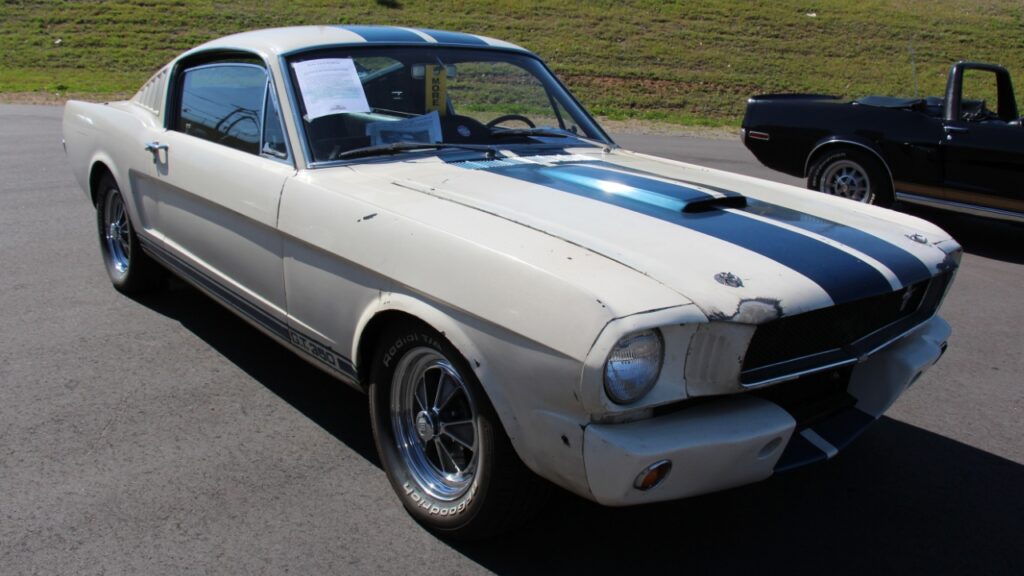
In 1965, Carroll Shelby transformed the Mustang from a pony car into a track-ready machine. The GT350 packed a 289 cubic-inch V8 tuned to 306 horsepower and came stripped down for speed. It was loud, raw, and ready to run circles around stock muscle cars.
Shelby’s version proved that the Mustang could do more than look good in a parking lot. It gave Ford a serious weapon in the performance world and helped shape the Mustang’s image for years to come.
The Camaro Z/28 Was Built to Win on the Track
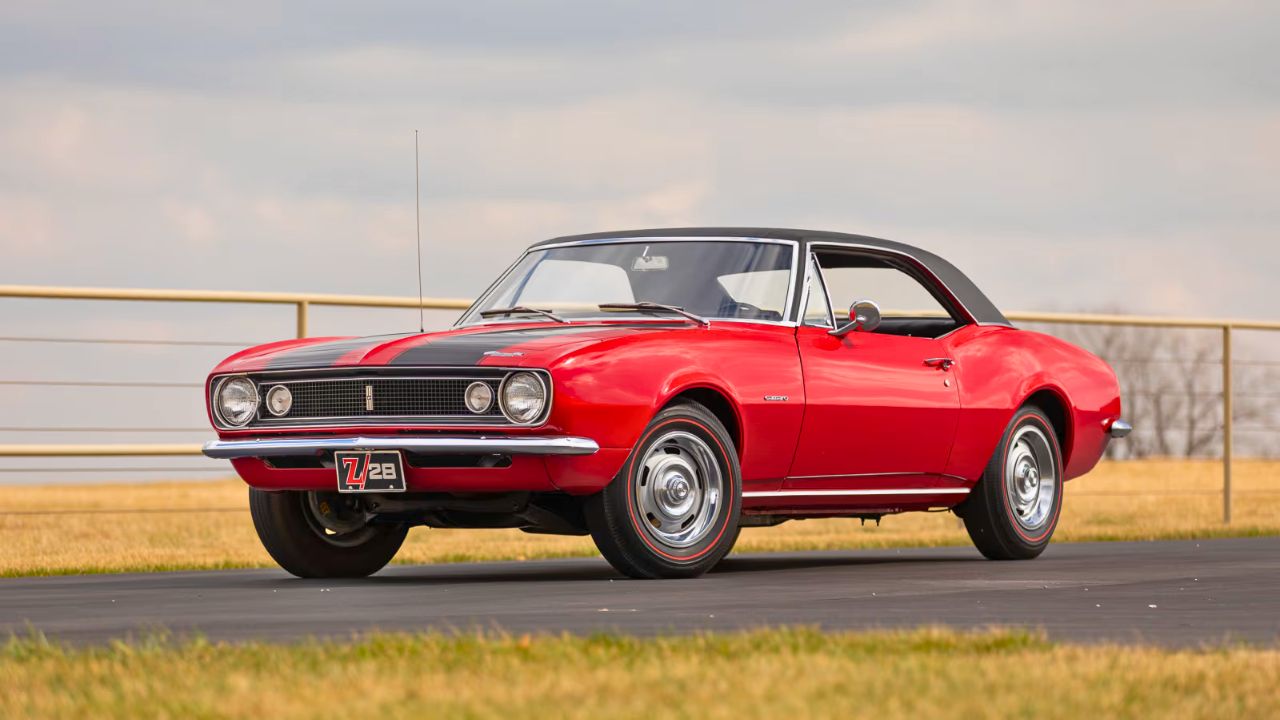
Chevy had its own answer to Shelby’s Mustang, and it came in the form of the Z/28. Introduced in 1967, the Z/28 was built for the Trans-Am series and came with a high-revving 302 V8 rated at 290 horsepower—but that was just on paper.
This engine loved to scream past 7,000 RPM, and the car was nimble enough to carve corners like a European sports car. On the road or the racetrack, the Z/28 proved that the Camaro had brains to go with its brawn.
1969 Was Peak Muscle for Both Cars
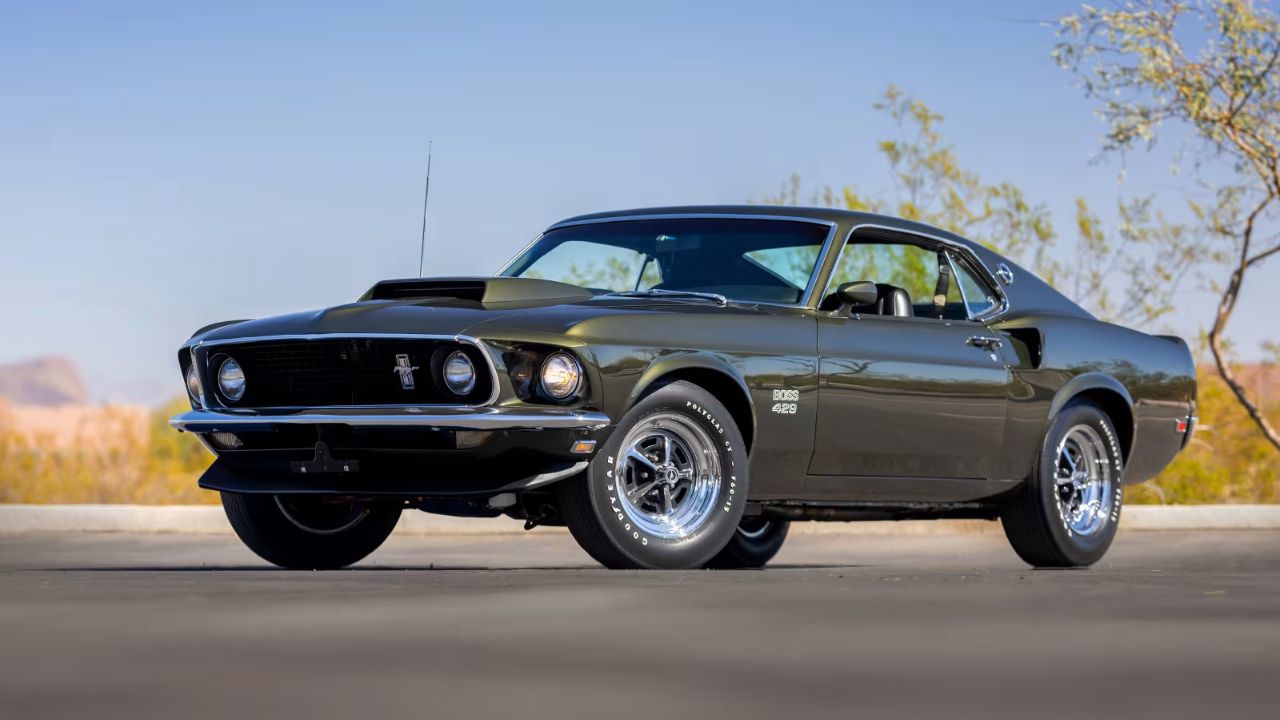
Ask any gearhead what year defined muscle cars, and you’ll probably hear “1969.” Both the Mustang and the Camaro looked their meanest and offered serious performance. The Boss 429 Mustang had a NASCAR-derived 429 cubic-inch V8, while Chevy dropped the insane COPO 427 into select Camaros.
These weren’t just for show—they were street-legal missiles built for the quarter mile. Both cars had factory support for drag racing and high-speed highway runs. If you’re building a dream garage, a ’69 of either flavor is probably near the top of the list.
The ’80s and ’90s Were a Bit of a Rollercoaster
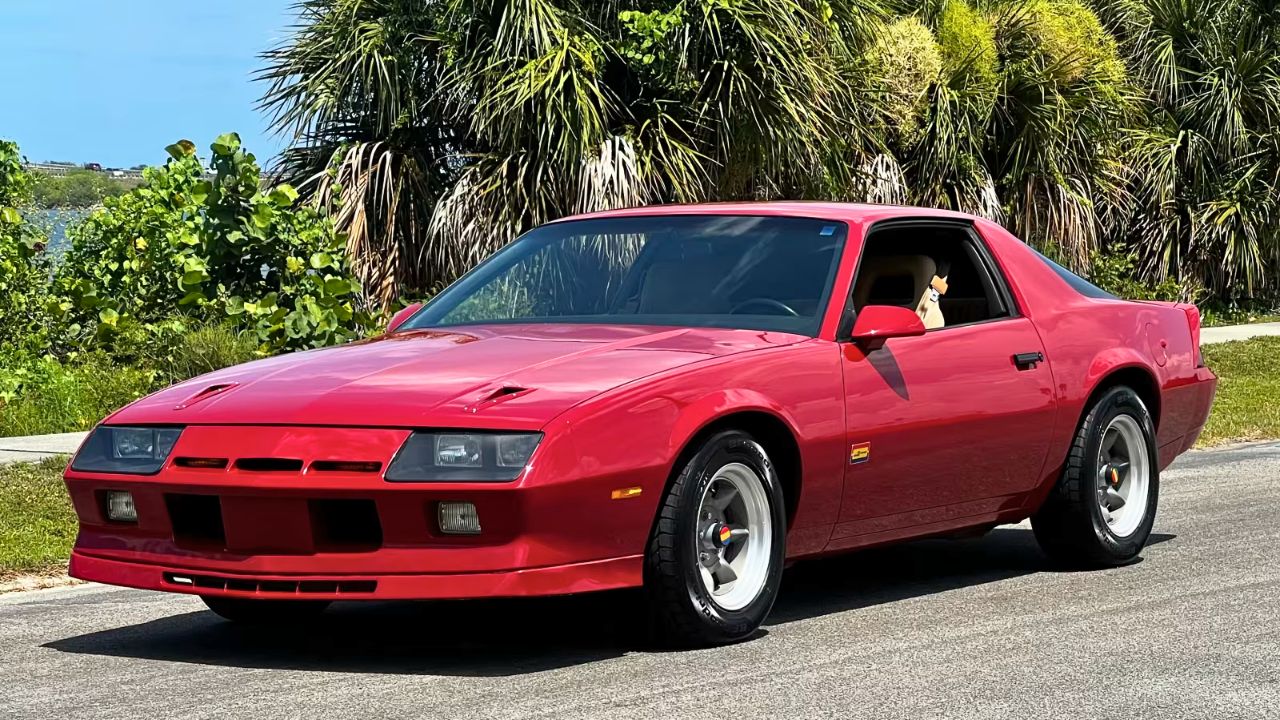
After the muscle car era fizzled in the early ’70s, both the Mustang and Camaro had a rough couple of decades. The Mustang went to a Fox-body platform in 1979, which ended up being a sleeper hit. The Camaro, meanwhile, was redesigned for 1982 and went all-in on wedge styling.
Neither car was particularly fast at first, but tuners found ways to extract real power. The Mustang 5.0 became a cult hero, and the IROC-Z Camaro gained traction with its aggressive looks and decent handling. It wasn’t the golden age, but the fire never really went out.
Mustang vs Camaro on the Strip
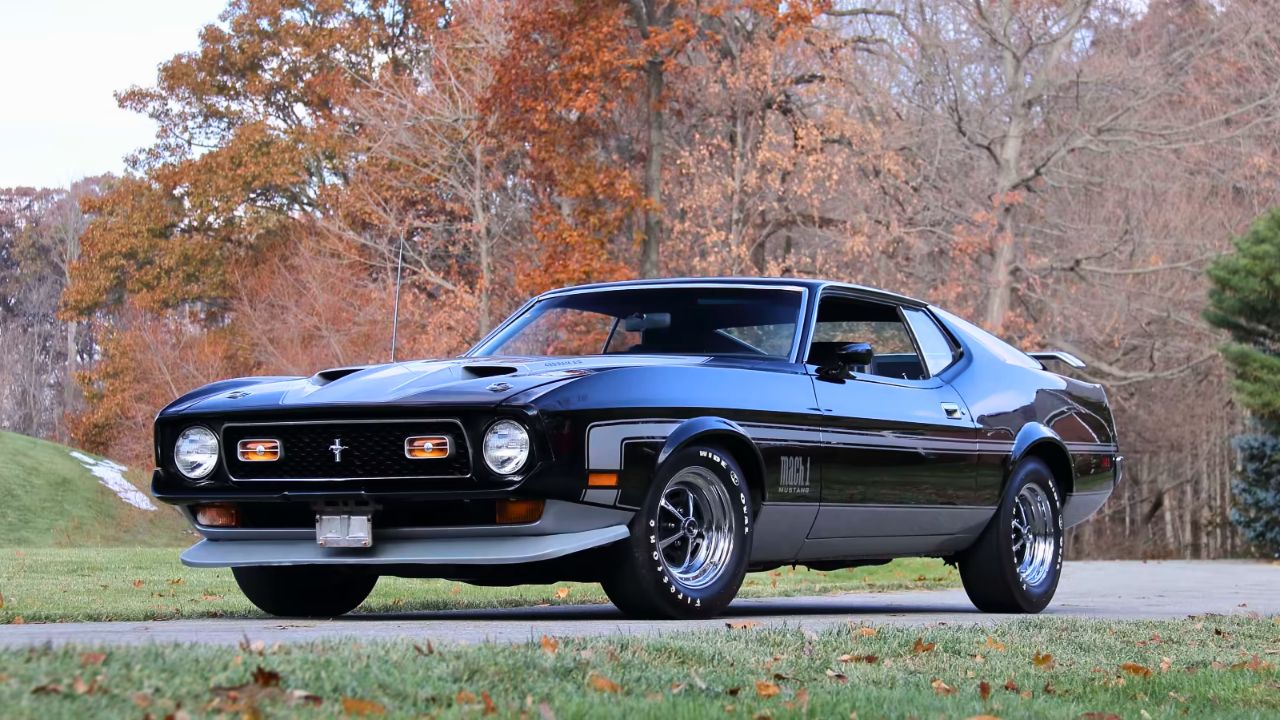
These two nameplates have been battling it out at drag strips since day one. Factory drag cars like the Mustang Cobra Jet and Camaro COPO were built for one thing—beating the other guy down the quarter mile. Over the years, both have been favorites among bracket racers and street racers alike.
Even today, you’ll find Mustang and Camaro owners trading grudge races on Friday nights. Mods, swaps, nitrous—whatever it takes. It’s more than a rivalry at this point; it’s a tradition.
The Modern Pony Car Comeback
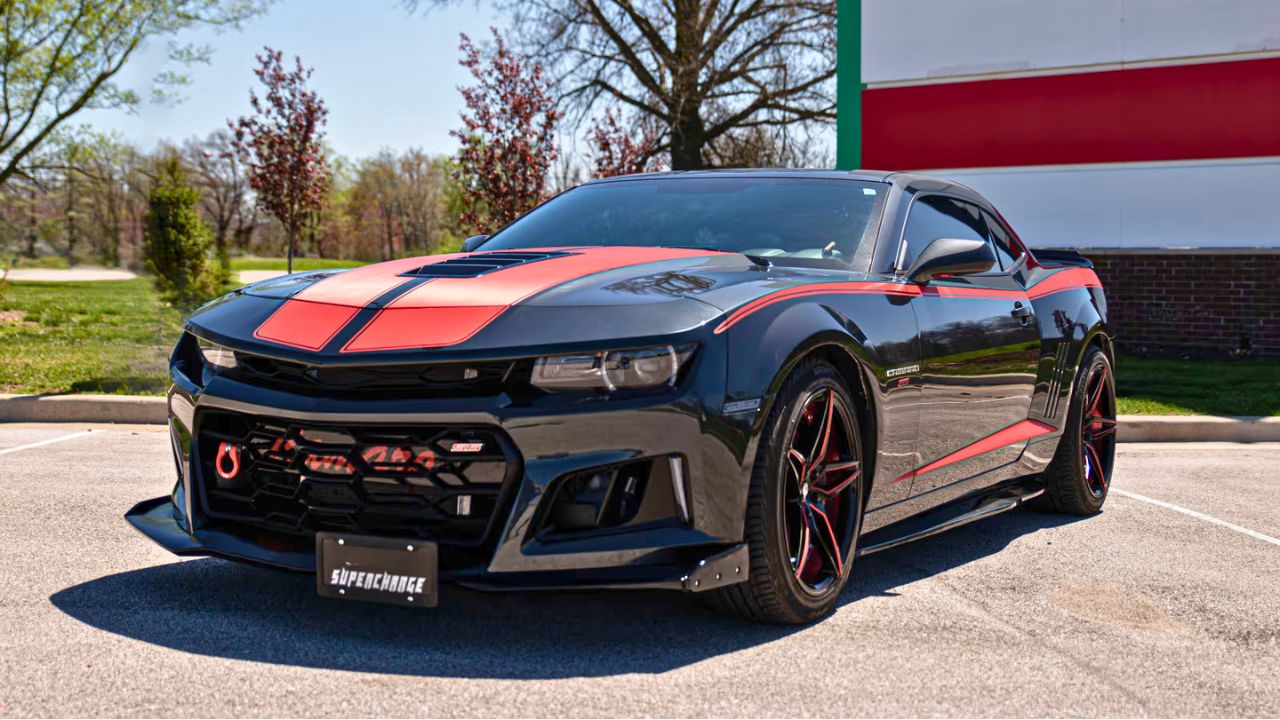
By the mid-2000s, both cars found their footing again. The Mustang got retro styling in 2005, while the Camaro returned in 2010 after a short break. Suddenly, both cars had big V8s, better handling, and tech that brought them into the modern era.
The rivalry was alive and well—GT vs SS, track packs vs 1LEs. Horsepower climbed past 400, then 500, and now even 600. These were no longer just affordable performance cars—they were serious contenders for anyone looking to go fast without giving up factory warranty.
ZL1 vs GT500: The Modern Heavyweights
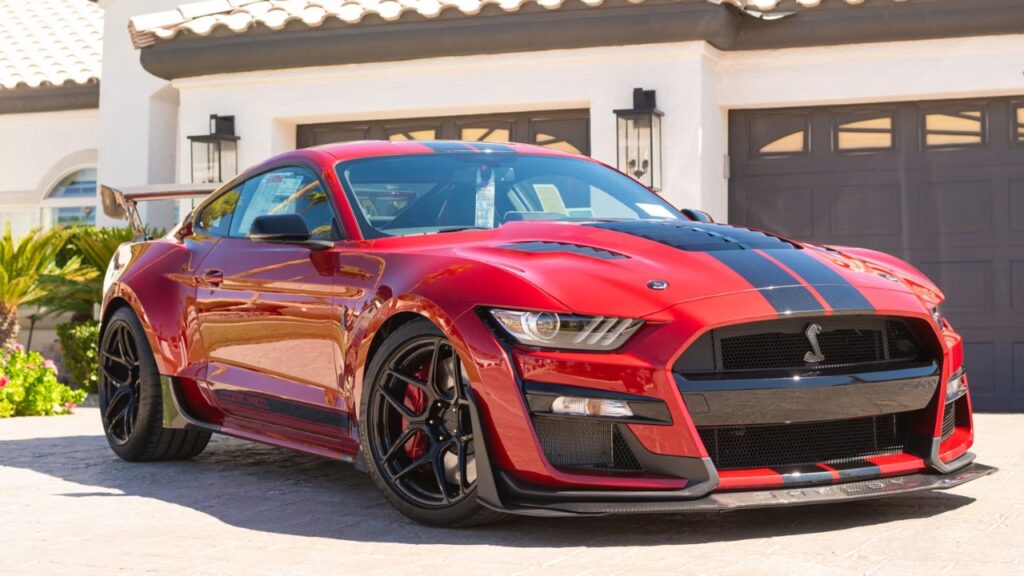
The current-gen Camaro ZL1 and Mustang GT500 are a whole new breed. The ZL1 runs a supercharged 6.2-liter V8 with 650 horsepower, while the GT500 pushes 760 horses from its own blown 5.2-liter V8. Both come with advanced suspension setups, launch control, and track-ready brakes.
These aren’t just muscle cars anymore—they’re borderline supercars. Capable of sub-11-second quarter-mile times and 0–60 launches in under 3.5 seconds, they’ve redefined what these badges mean. You can’t go wrong with either, but fans will always argue whose car comes out on top.
The Legacy Keeps Rolling
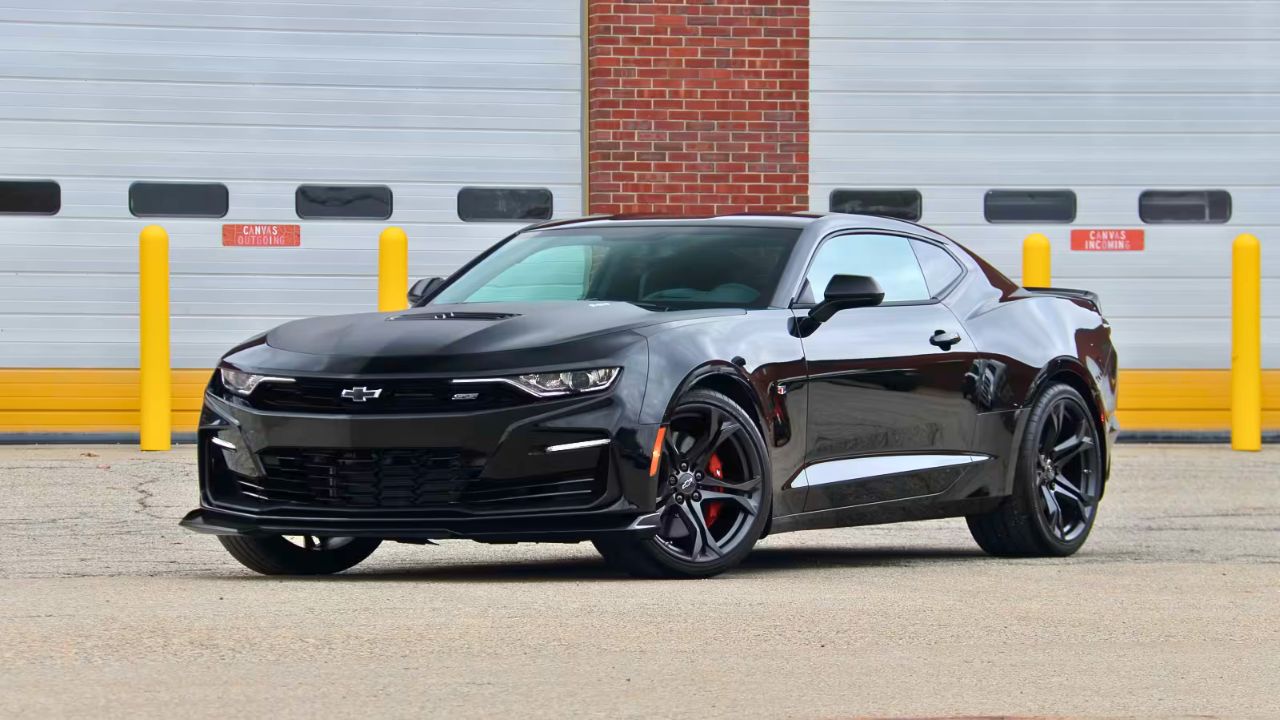
With both cars facing uncertain futures in a world shifting toward EVs, the Mustang has already made the jump with the Mach-E—and Ford has committed to keeping the gas-powered coupe alive for now. The Camaro, sadly, ends production after 2024, but a new chapter may still be on the horizon.
Whether it’s at a car meet, drag strip, or just a debate among friends, Camaro vs Mustang will always be part of the conversation. The cars may change, but the rivalry? That’s forever.
*This article was hand crafted with AI-powered tools and has been car-fully, I mean carefully, reviewed by our editors.

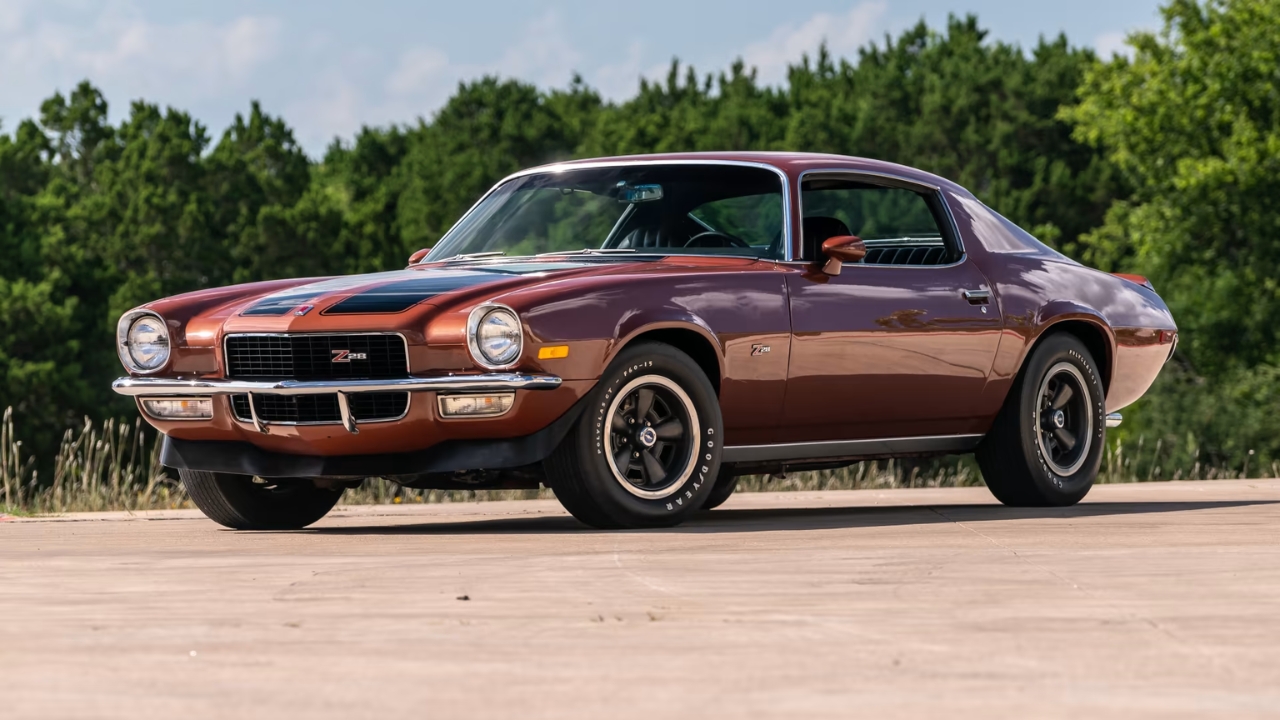
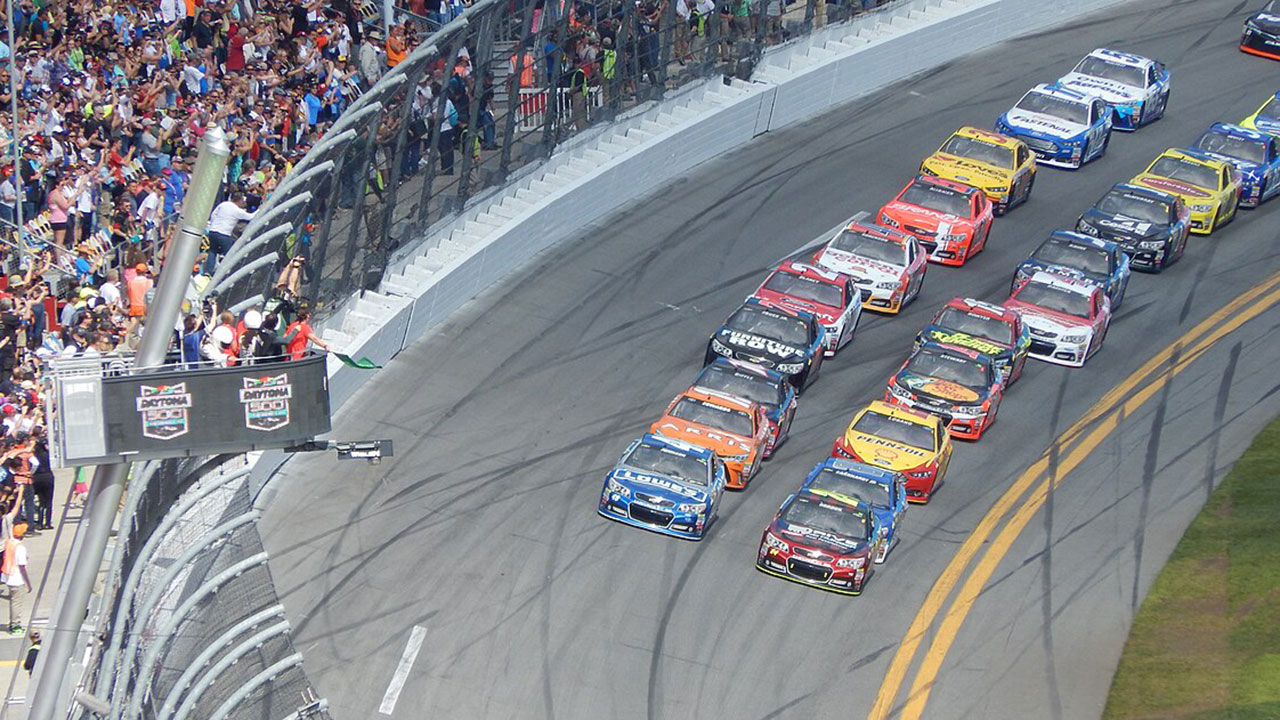
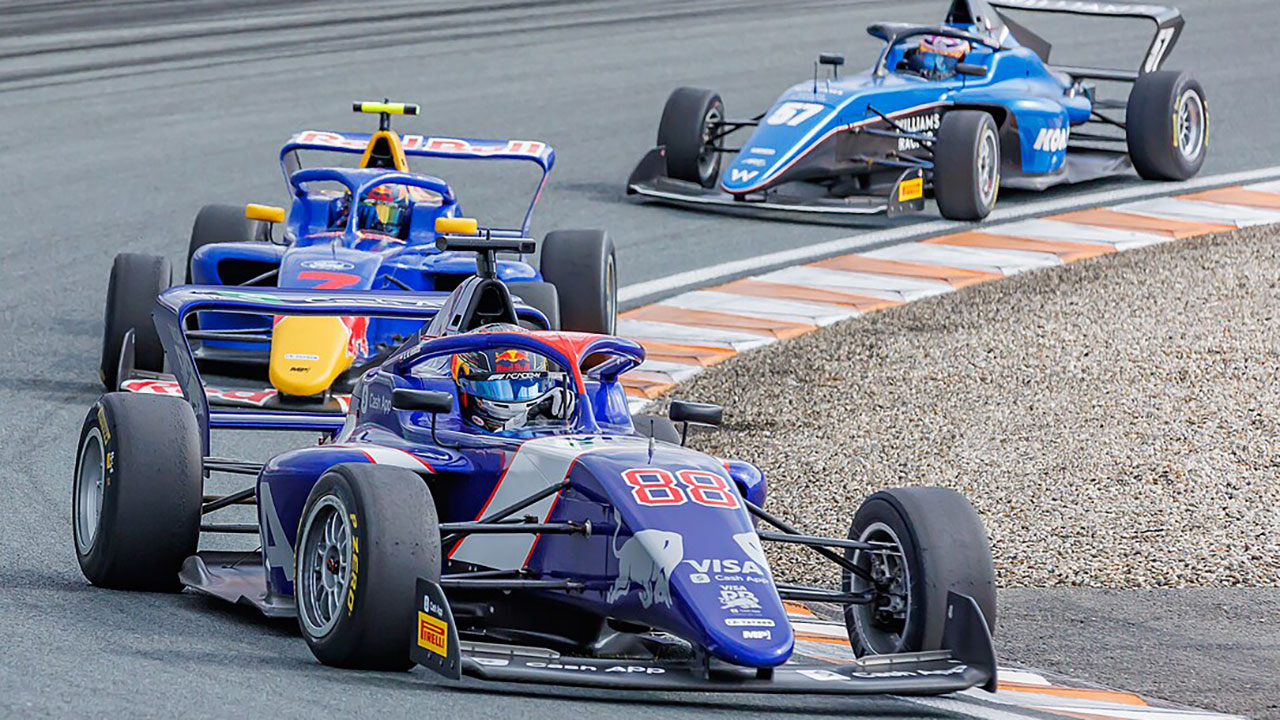
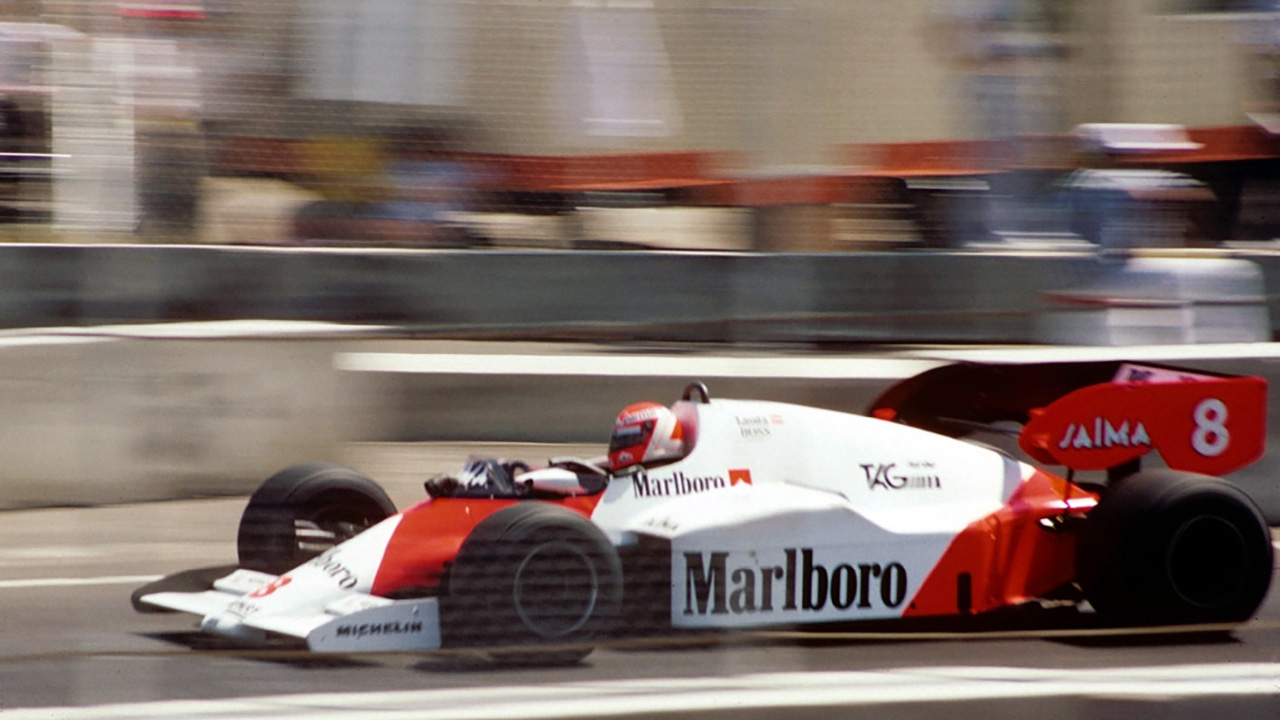
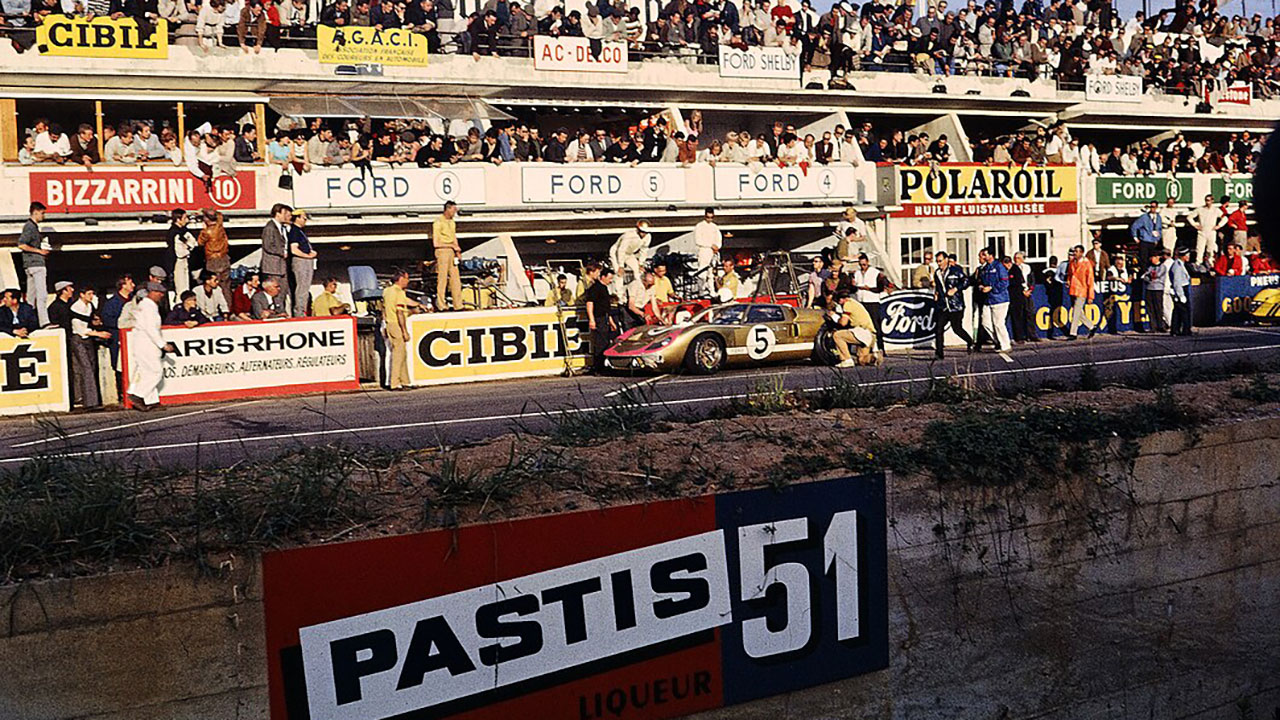
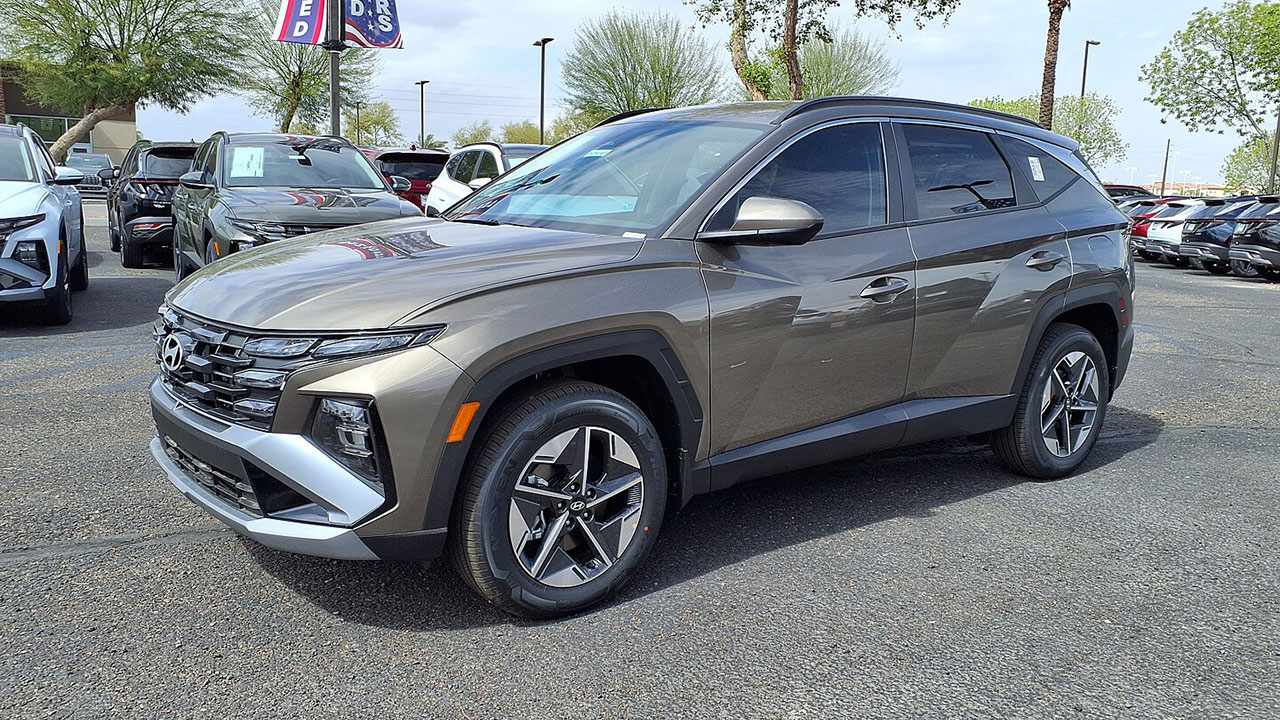
Leave a Reply